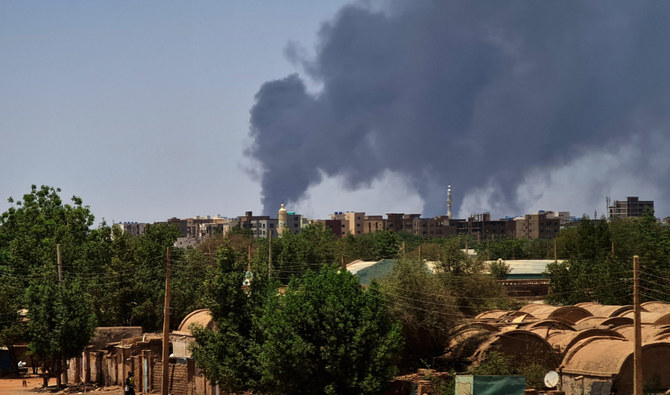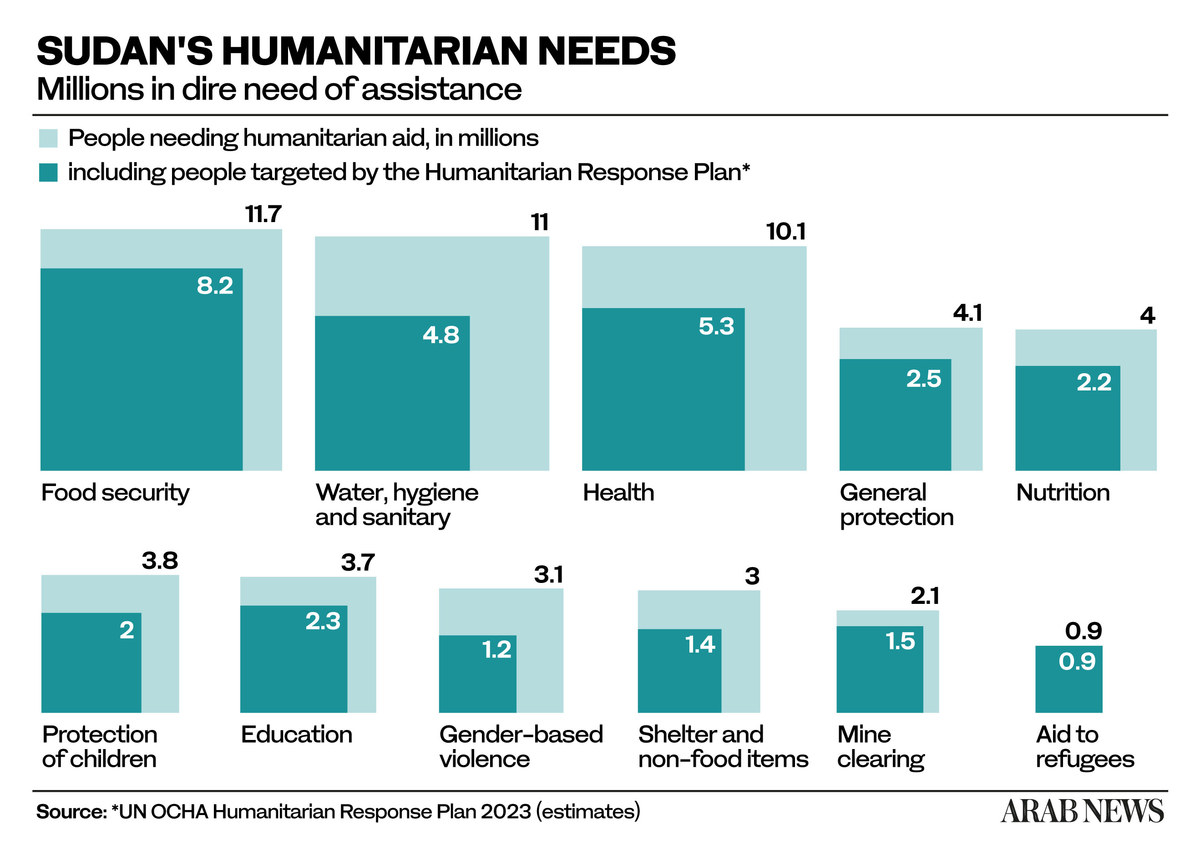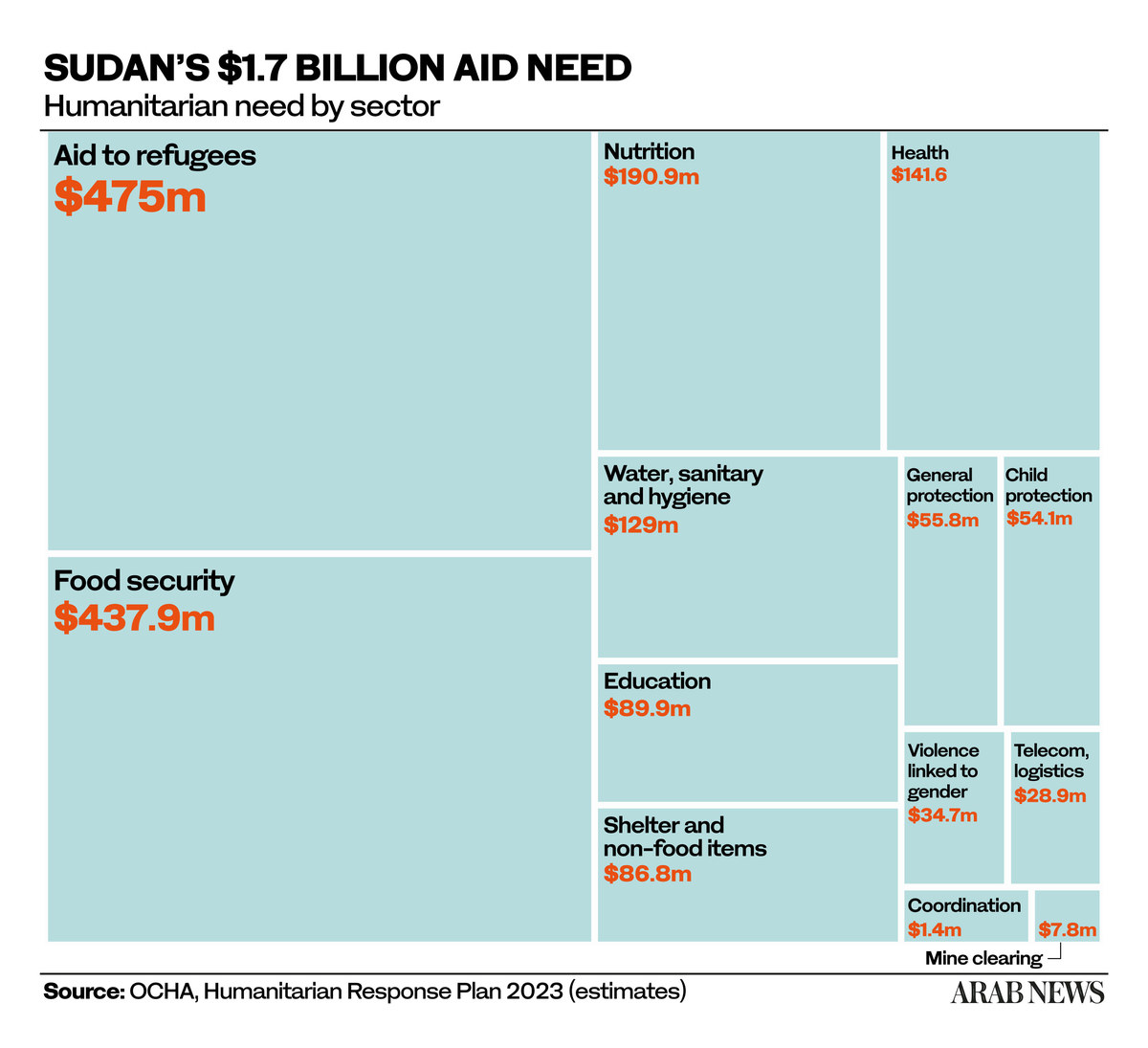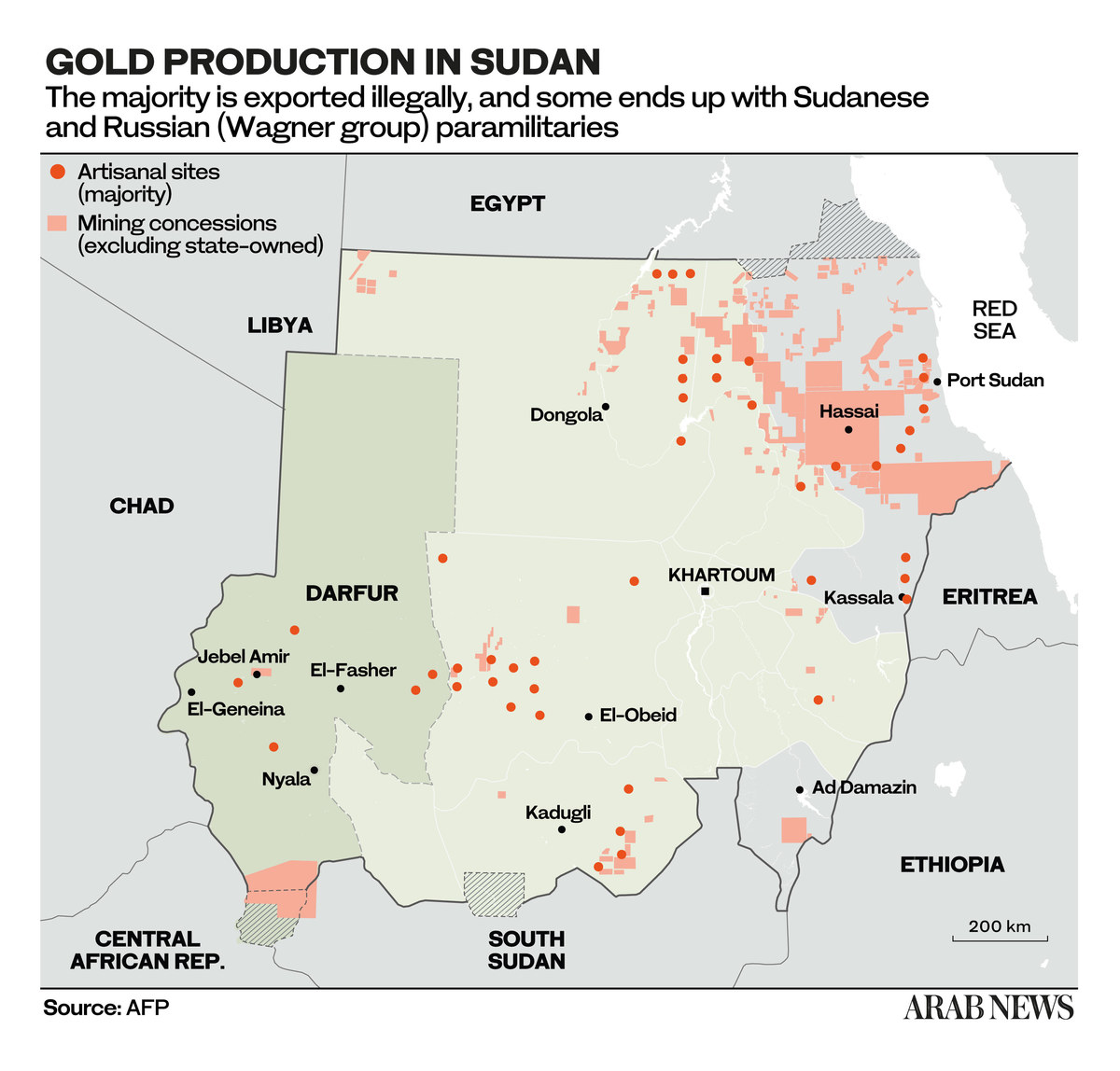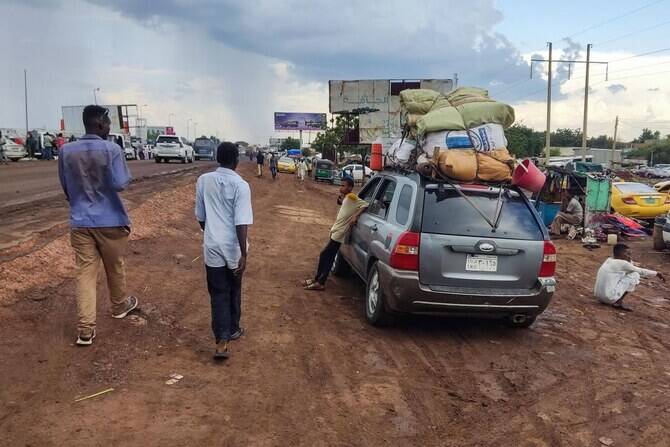As of Tuesday — just over three weeks since deadly clashes broke out between Abdel Fattah Al-Burhan’s Sudanese Armed Forces and Mohamed Dagalo’s Rapid Support Forces militia — more than 100,000 people had poured into neighboring countries from Sudan in search of safety, according to the UN.
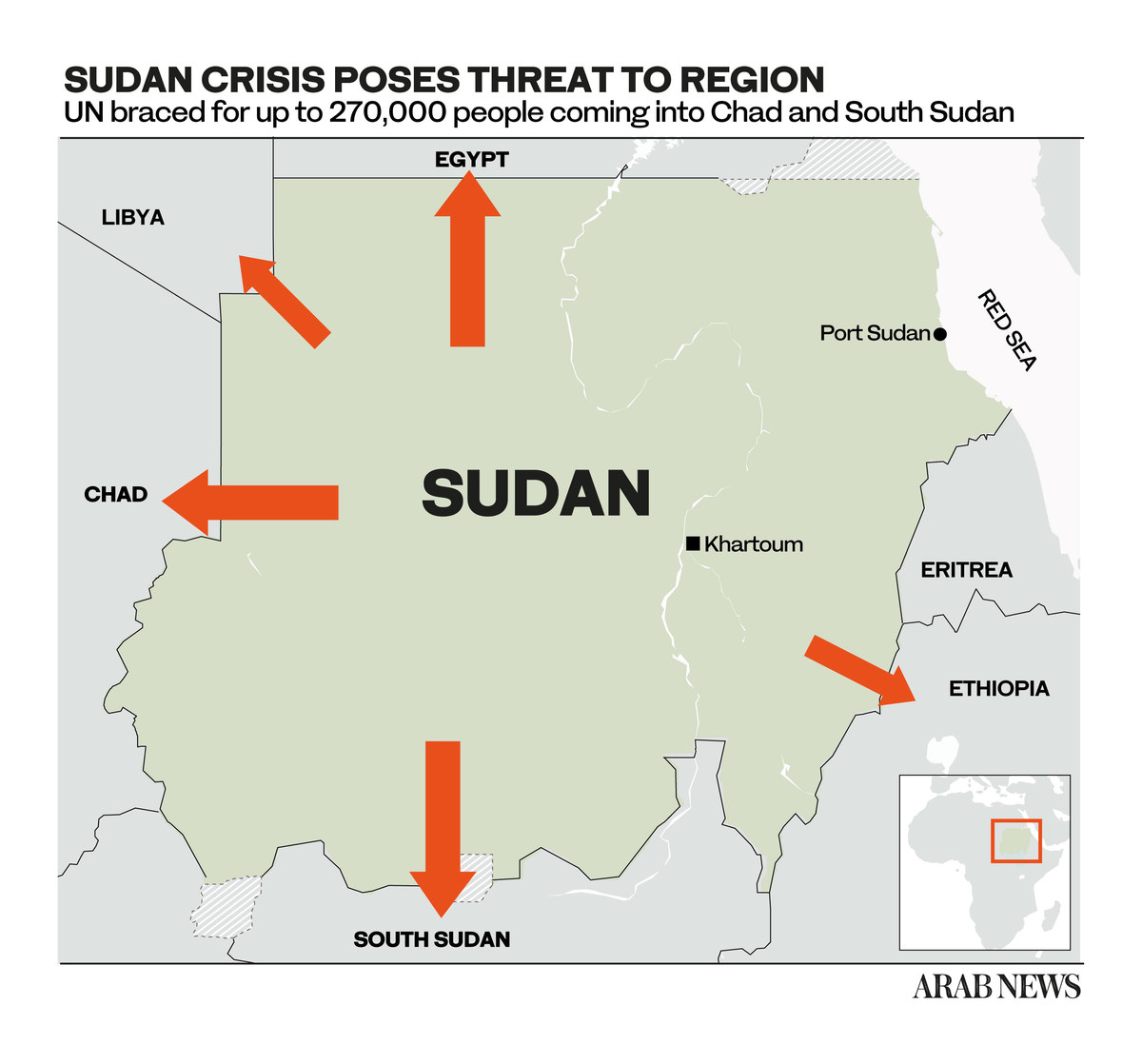
Kak Ruot Wakow, a peace-building coordinator for an NGO, recently fled from Khartoum on his employer’s vehicle and is currently staying in Paloch, a town in South Sudan’s Upper Nile state that has become a way station of sorts for people displaced by the fighting in Sudan.
“I didn’t see bodies, but I saw damaged tanks on the road. At the time I left Khartoum, the clashes were occurring not in all parts of the city but at the military bases,” he told Arab News from Paloch. Along the way, Ruot Wakow came across units of the Rapid Support Forces who fortunately allowed him to pass through.
He said in addition to South Sudanese, there were Ethiopians, Eritreans, Kenyans, Somalis, Congolese and Ugandans in the human tide moving in the direction of the Sudan-North Sudan border.
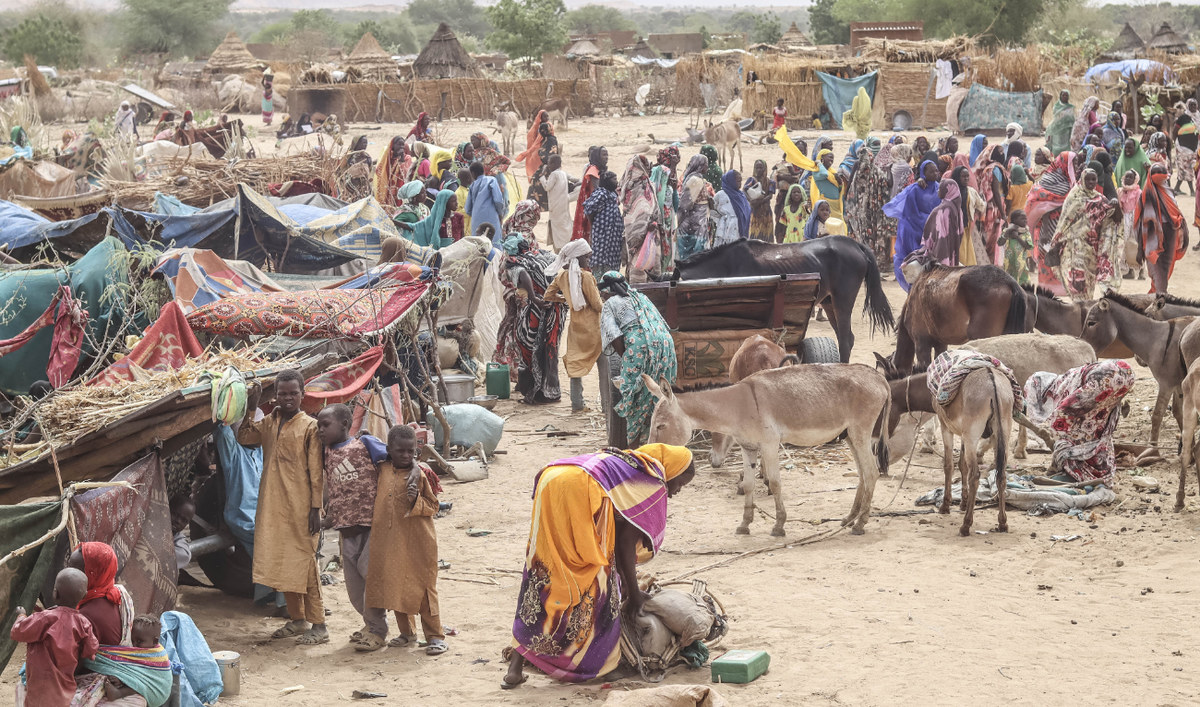
Similar events are unfolding at other exit points around Sudan. The scene in Port Sudan, a city in the east currently being swarmed by both Sudanese and foreign nationals looking for passage on a ship to Saudi Arabia and beyond, is a grim one. Thousands wait for days under tents in temperatures exceeding 40C, not knowing when, or if, they will manage to make it out of the country.
According to a member-state briefing in Geneva on Monday by UN Assistant High Commissioner for Refugees Raouf Mazou, the UN estimates that as many as 580,000 Sudanese may flee into South Sudan, Chad, Egypt, Eritrea, Ethiopia, the Central African Republic and even into war-torn Libya.
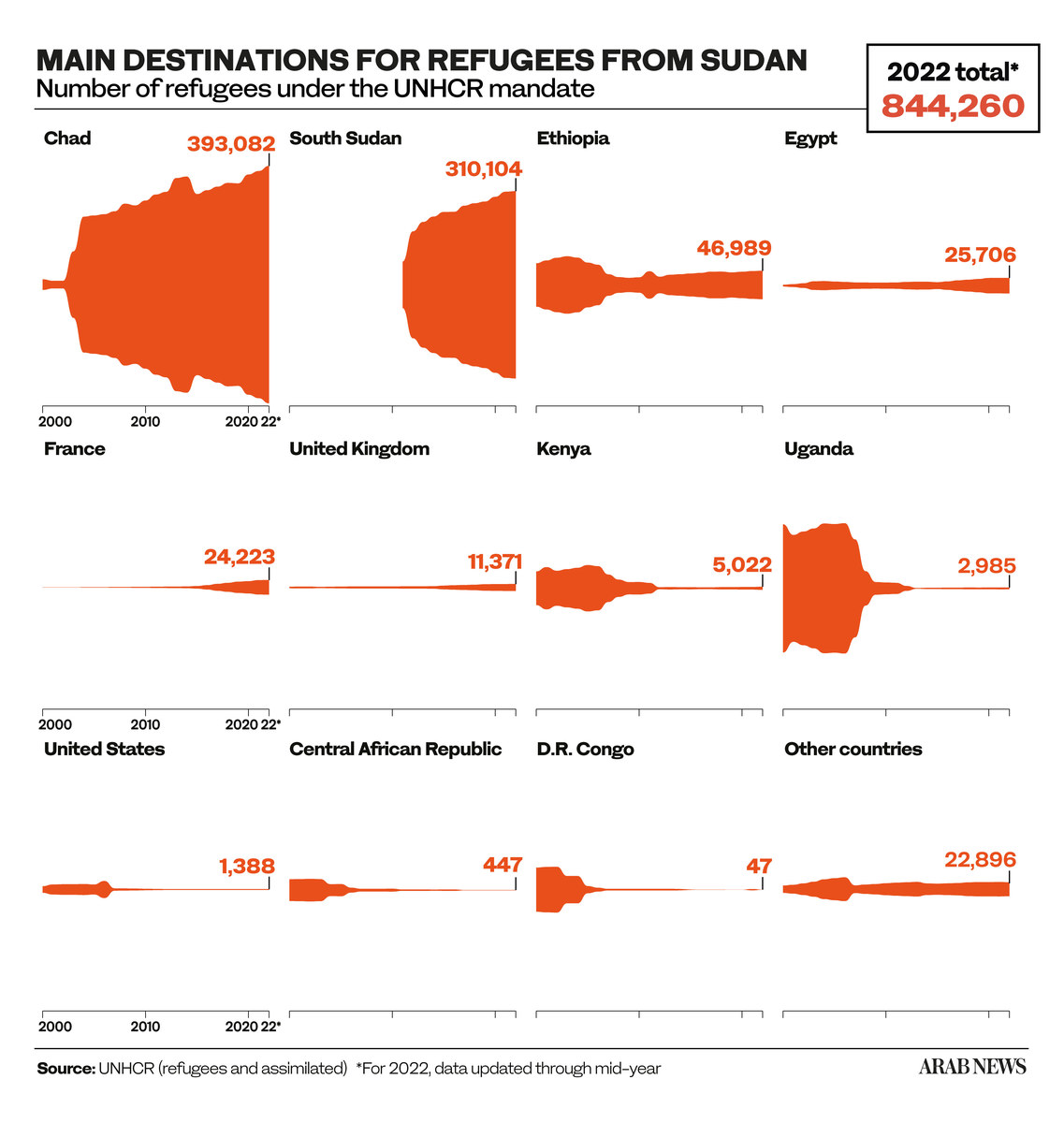
At the end of last month, Sudanese nationals attempting to enter Egypt told the UK’s Guardian newspaper about chaotic scenes at the border, with immigration officials attempting to process the new arrivals who waited in the open air with little food and water.
Last week, Pierre Honnorat, director of the UN World Food Programme in Chad, told Reuters news agency that tens of thousands of Sudanese had crossed into the country to Sudan’s west, and that the WFP expected more waves to arrive as the conflict escalates.
Thousands of Sudanese have flooded Chad’s eastern border villages, often outnumbering local villagers, and finding no shelter and little in the way of food or water.
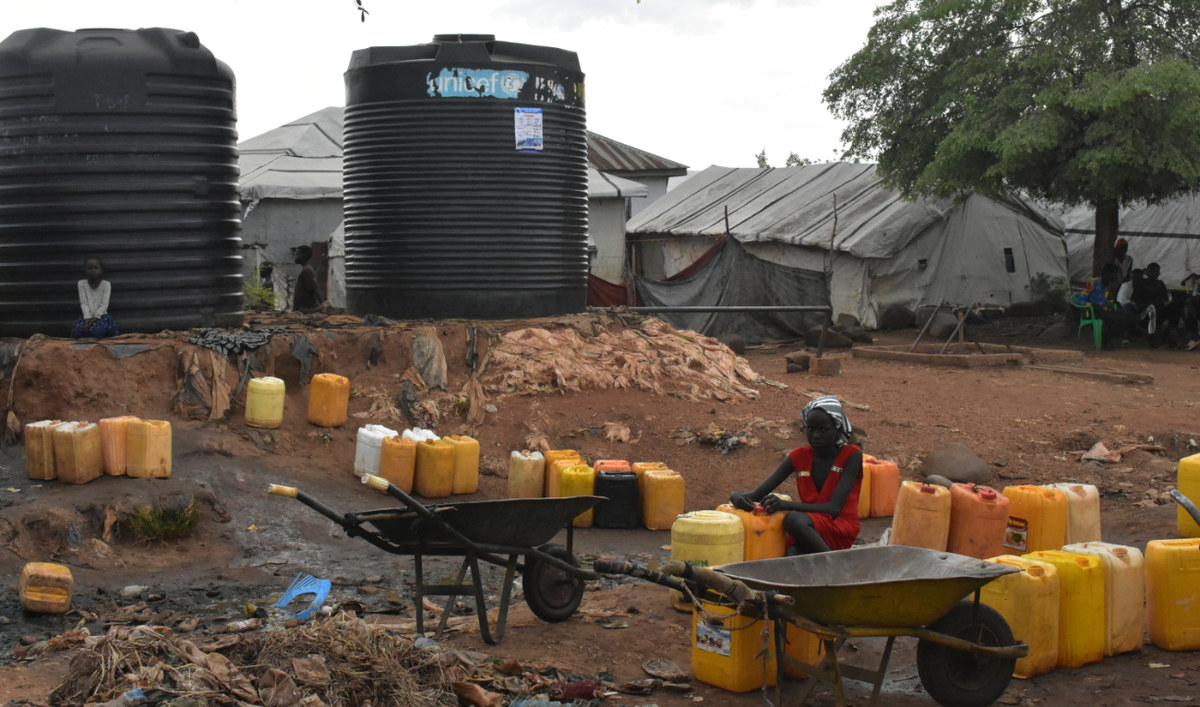
The emerging humanitarian crisis is compounded by Sudan’s already large refugee population. According to the UN High Commissioner for Refugees or UNHCR, Sudan hosts more than a million refugees and is home to over 3 million internally displaced persons (IDPs).
A large number of those fleeing south are actually experiencing a second displacement back to their country of origin: UN statistics show that 800,000 South Sudanese refugees live in Sudan.
The return of tens of thousands of them to South Sudan is raising the specter of a humanitarian disaster. Last year, South Sudan’s Ministry of Humanitarian Affairs and Disaster Management reported that 1.6 million of the country’s 11.7 million population belonged to the category of IDPs.

The UNHCR has mobilized resources to assist those who have fled Sudan, including an estimated 9,000 Sudanese nationals who have arrived in South Sudan’s Renk county alone. The South Sudanese government has also deployed personnel to the Sudan border to receive fleeing citizens.
According to Maj. Gen. Charles Machieng Kuol, secretary of South Sudan’s Joint Defense Board, the northern region of South Sudan is the most affected, with a majority of the new arrivals heading to the country’s capital, Juba. “Most of (the) displaced are heading to Juba, by road, air or water,” he told Arab News.
Ruot Wakow, the NGO employee, said many South Sudanese were traveling to Sudan’s White Nile state by bus before embarking on the journey to South Sudan. According to him, the local community does not have the capacity to help the population in transit as the numbers are huge and impossible to monitor.



